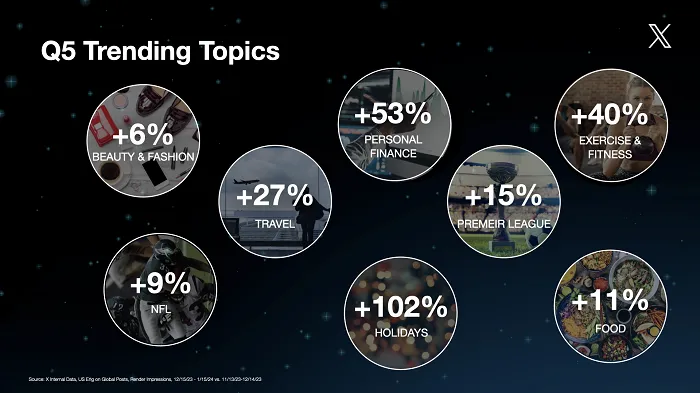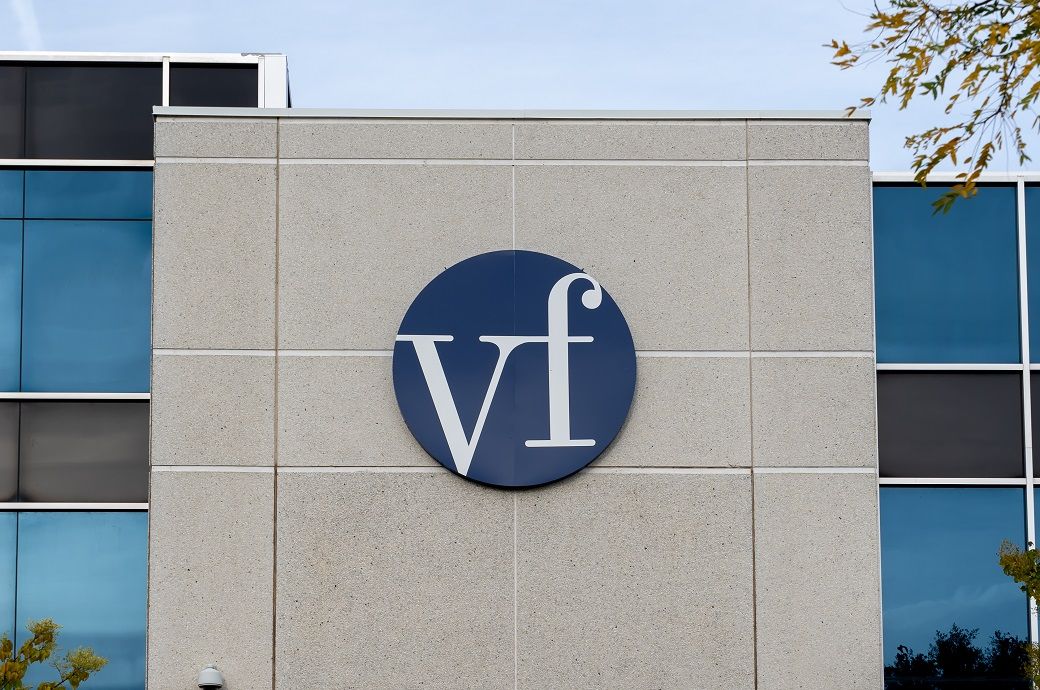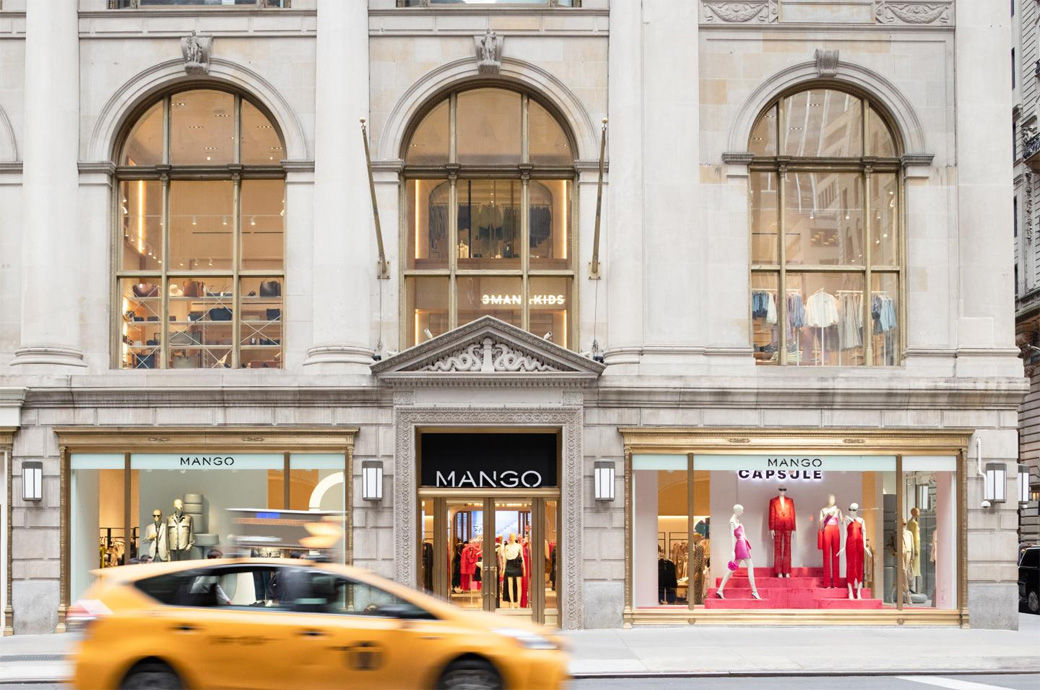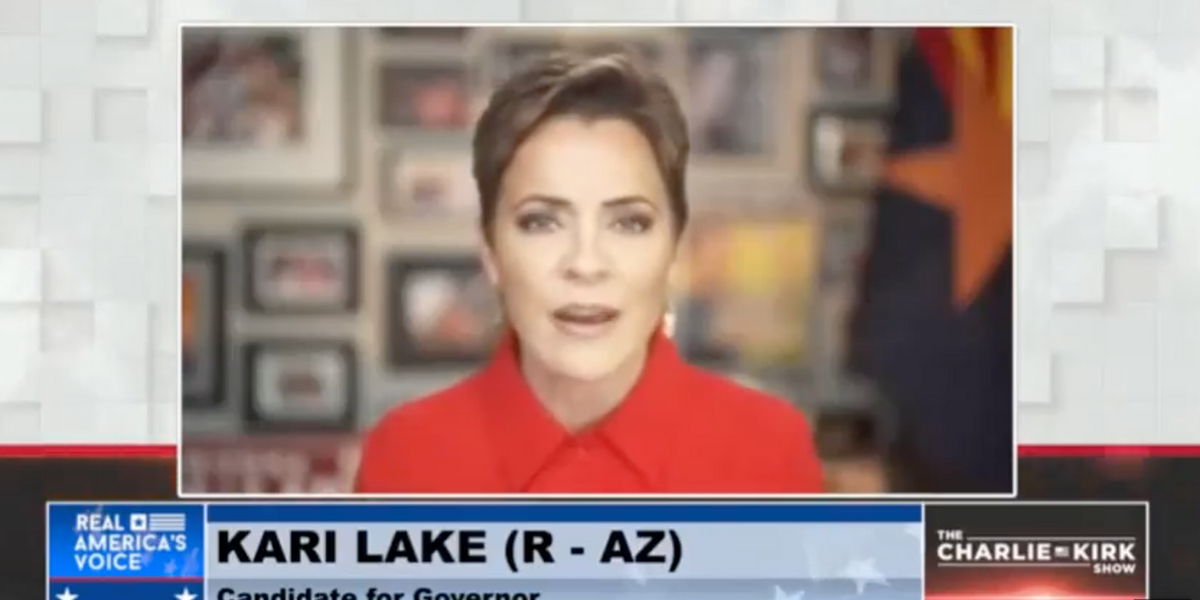Twitter is making its next big push on Twitter Blue subscriptions, as Elon Musk and Co. look to build Twitter Blue into a more significant revenue driver for the app.
First off, Twitter has now expanded Twitter Blue access to Saudi Arabia, France, Germany, Italy, Portugal and Spain, which will enable millions more Twitter users to potentially sign-up for a verification tick.
I mean, most probably won’t, going on what we’ve seen thus far, but it will likely swell Twitter Blue sign-ups by another few thousand, adding more cash to Twitter’s coffers.
Twitter’s also looking to further incentivize Blue sign-up by offering revenue share for ads shown in reply threads.
To be eligible, the account must be a subscriber to Twitter Blue Verified
— Elon Musk (@elonmusk) February 3, 2023
The idea here is that if users write interesting tweets, they would get compensated for the discussion they generate – but you need to be signed up to Twitter Blue to get it.
Elon hasn’t shared any further info on potential revenue split or process at this stage.
Twitter’s also looking to bring back an improved Spaces/podcast experience, as a Twitter Blue exclusive, while Musk has also hinted at allowing some users to avoid having to pay for basic API access, when it becomes unavailable next week, if they sign-up.
I guess we could give all Verified users access to the API for posts like this
— Elon Musk (@elonmusk) February 3, 2023
Oh, and Twitter’s gold checkmarks for business? Yeah, they’re likely going to be expensive if you want them.
Twitter is reportedly emailing businesses offering gold check mark verification for $1000 PER MONTH!
And affiliate account verification for $50 each per month pic.twitter.com/hohTPKLKdi
— Matt Navarra (@MattNavarra) February 3, 2023
Can’t imagine many brands are going to fork out $12,000 a year for a profile badge, along with $50 per staff member you want to add.
But maybe, Elon and Co. have some more tricks up their sleeve here, and they’ll eventually offer more incentives for businesses to sign-up.
But right now, that’s pretty steep.
And also, ‘legacy’ checkmarks will apparently be gone within the next few months.
Twitter’s legacy Blue Verified is unfortunately deeply corrupted, so will sunset in a few months
— Elon Musk (@elonmusk) February 3, 2023
All of these elements combined could juice Twitter Blue take-up, though it’s still hard to see it becoming the major contributor to Twitter’s revenue as Elon envisions.
At present, based on third-party tracking, the new Twitter Blue program looks to have around 300,000 subscribers, bringing in an extra $2.4 million per month, and $7.2 million per quarter.
Which is pretty good – but again, it’s still a long way from where Twitter wants subscription revenue to be.
When initially outlining his Twitter 2.0 reformation plans, Musk said that he wants to make subscription revenue around 50% of Twitter’s overall intake. That would serve two purposes – if the majority of users sign-up, Twitter can then use Twitter Blue as a form of ‘payment verification’, meaning that those accounts that don’t have a blue tick are increasingly likely to be bots. It would also reduce Twitter’s reliance on ads, which would give Musk more freedom to make moderation decisions as he likes, without considering potential ad placement concerns.
But in order to do this, Twitter needs a lot more users to sign up.
Twitter’s revenue in Q2 2022, the last time it publicly reported its numbers, was $1.18 billion, meaning that Twitter Blue would need to be bringing in around $590 million per quarter to meet that 50% goal.
Which is about 81x what Twitter Blue is currently bringing in, while at 300k sign-ups, that’s also only 0.12% of Twitter’s active user base that’s currently paying for a blue tick.
That’s likely why Twitter is making a new push on the program, in a bid to jack those numbers up, and maybe, in combination with businesses that do end up forking over $1k per month, it could become a more significant element in Twitter’s revenue make-up.
But 50% of revenue still seems like a lofty goal.
It’s also still confusing as to why anyone would pay, because as soon as you do, you’re devaluing the whole point of the verification checkmark in the first place.
The initial blue ticks were designed to delineate noteworthy users and organizations, which Twitter didn’t always get right, but for the most part, you knew that a blue tick account was likely someone who had relevant, authoritative things to say.
Now, it’s just anyone who can afford it, and with Twitter looking to increase the reach of tweets from Blue accounts, that also means that the app is increasingly becoming more ‘pay to play’ for regular users, with the blue ticks becoming increasingly meaningless from a functional perspective.
And the logic behind them becomes more diluted with every person who signs up. Eventually, all the blue checkmark will mean is that this person can afford to pay – and who cares? Why do they need a blue tick, from a user perspective, to show that they have enough money to spend?
It sort of feels like the NFT trend of 2021, but worse, because it’s replacing an existing system that did serve a purpose.
In any event, Twitter’s not backing away from its Blue subscription plan, and its hopes of maximizing revenue intake, in any way it can, to keep the company afloat.
Which, given the extra debt it’s been saddled with in the Elon deal, is even tougher than ever – but maybe, in combination with everything else, subscriptions will form enough of an extra income stream to meaningfully contribute to its plans.







































































